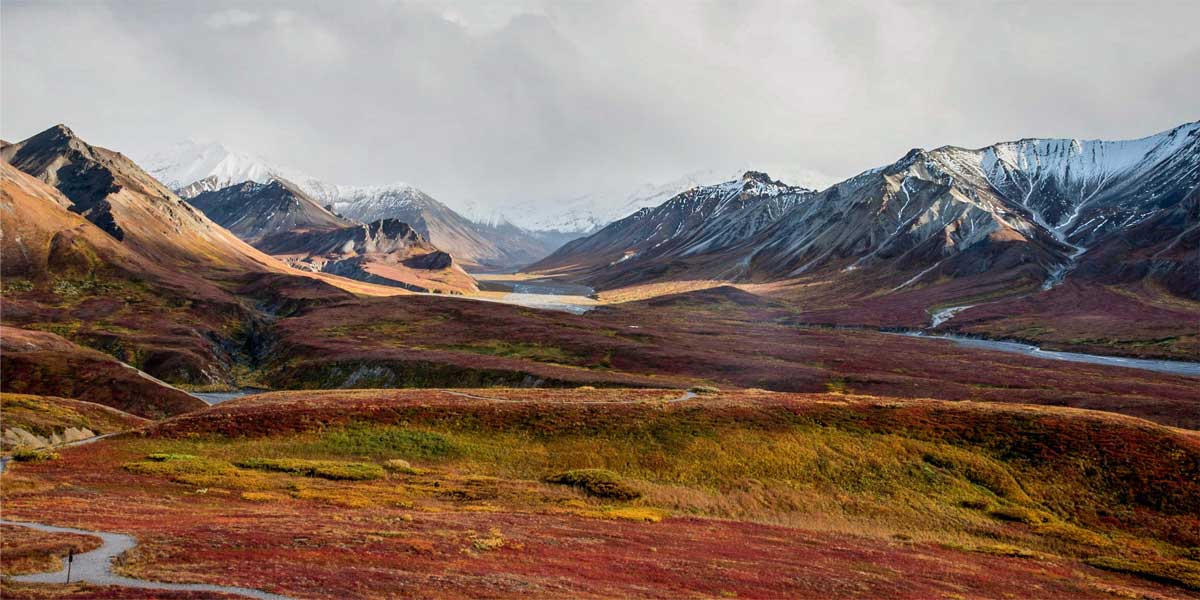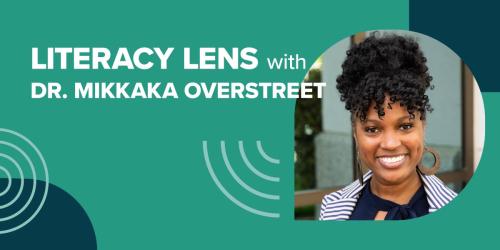Connecting Students and Teachers Across Alaska’s Tundra

Alaska’s Lower Kuskokwim School District (LKSD) consists of 27 schools in 22 villages, and of the nearly 4,300 students it serves, 94 percent are Alaska Native (Yup’ik) and live a traditional subsistence lifestyle. In addition, the district encompasses 22,000 square miles of roadless tundra—an area the size of West Virginia.
Understandably, educators and students in LKSD can feel cut off from the rest of the world.
Since 2014, the district has participated in the Northwest Rural Innovation and Student Engagement (NW RISE) Network, which seeks to reduce the isolation of educators in rural and remote districts in the Northwest by providing a platform for mutual support and peer-to-peer professional development.
Inspired by their NW RISE experience (and thanks in part to a federal grant), LKSD leaders have launched LK RISE—a subnetwork to encourage collaboration among schools in the dispersed district.
The goals of LK RISE are to:
- Reduce the isolation and increase the engagement of LKSD students and teachers by providing opportunities to connect with peers in other villages
- Improve the retention of LKSD educators and provide opportunities for growth across their career
- Operate as a “ground up” initiative that reflects and responds to the various needs of LKSD schools, students, and educators
A contingent of LK RISE teachers participates in the NW RISE Network with educators from across the region. They bring back lessons on both network design and instructional practice to share with their local LK RISE colleagues.
LK RISE members meet face-to-face twice a year in Bethel, Alaska (the area’s hub), and they collaborate throughout the year via online projects designed to increase student engagement.
“This is what it’s about: Connecting our villages together,” said one LK RISE participant after attending a network convening in February.
Like NW RISE participants, LK RISE members work primarily in job-alike groups (for instance, all high school math teachers from the different schools work together). This key feature of Education Northwest’s network model gives educators—many from schools with only one teacher per grade level or content area—consistent opportunities to share ideas, problems of practice, and resources with job-alike peers.
“I feel so alive when I’m here,” another LK RISE participant said. “I have great teachers back home, but I love bouncing ideas off others here.”
Another LK RISE member said the network supports work that district educators have been doing and takes it to the next level.
“It’s like those conversations we have in the hall between classes or right after school about kids or teaching—what we’re excited about and what we’re struggling with,” the participant said. “This group validates and makes space for those conversations—and builds on them—and we recognize that as professional development.”



